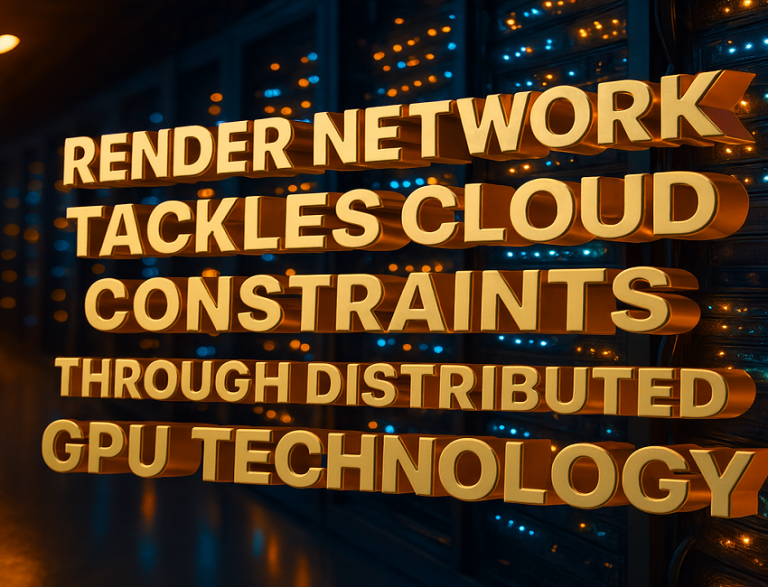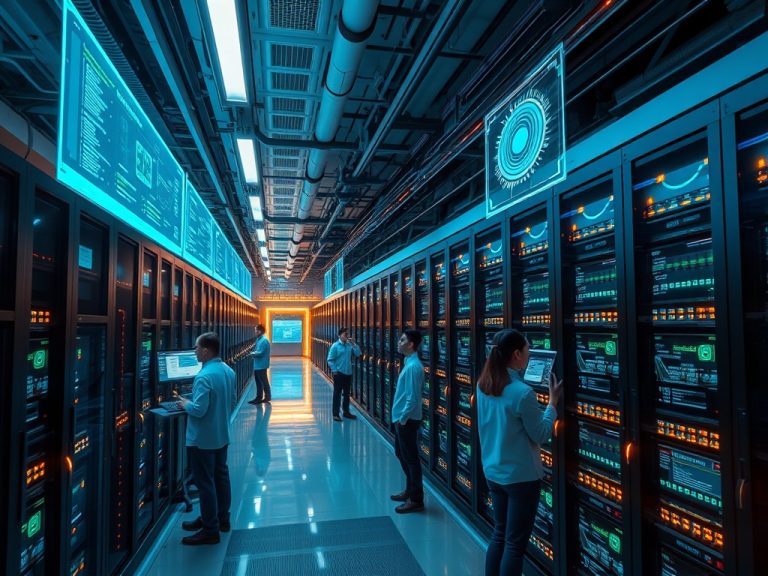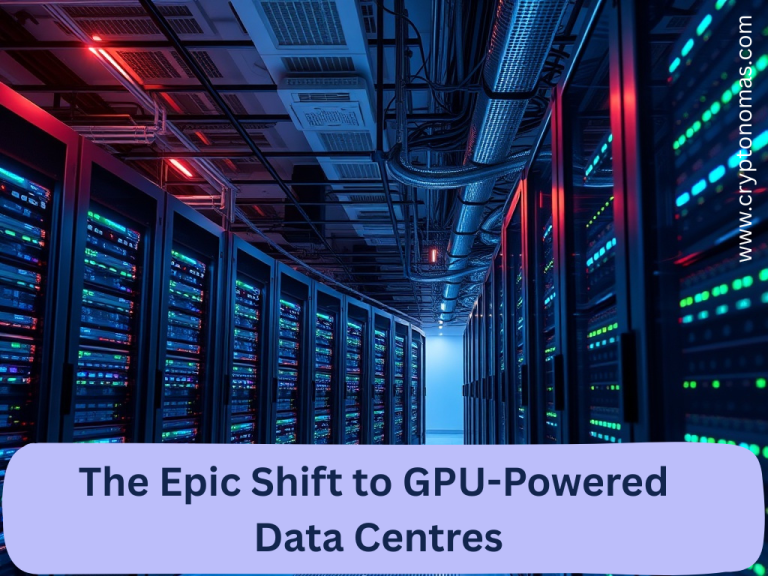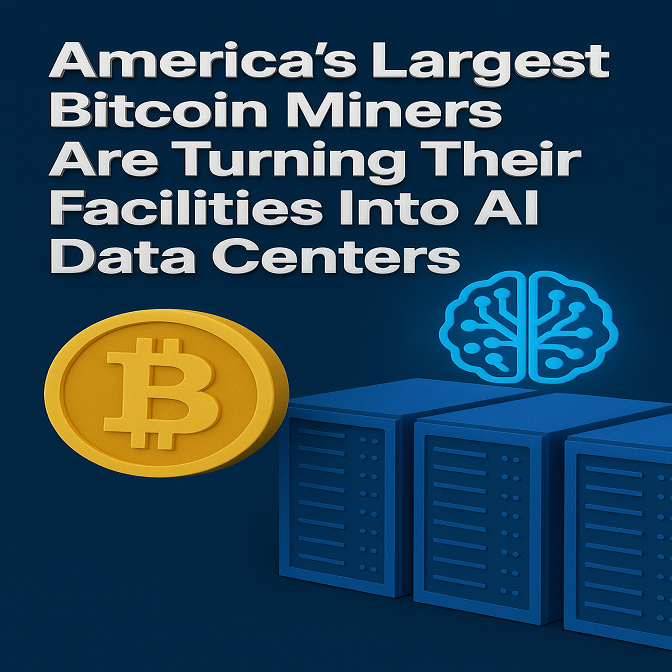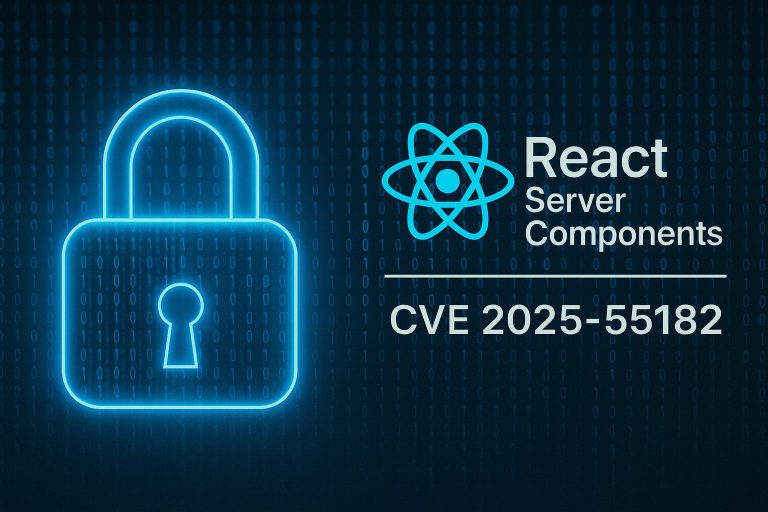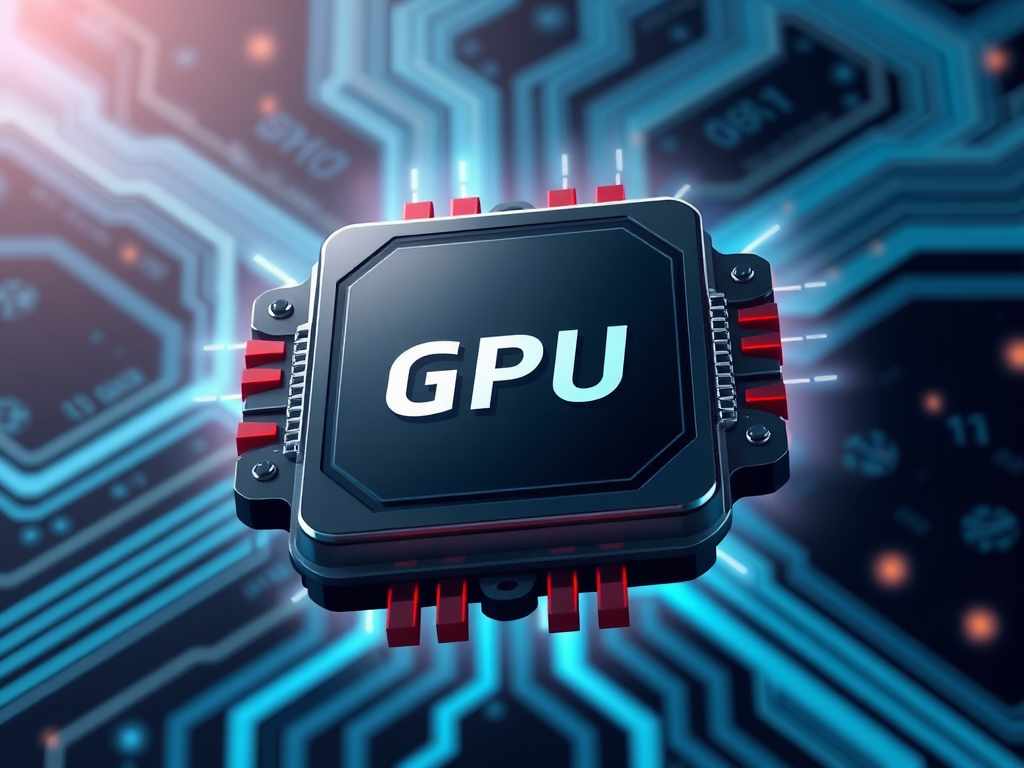
Introduction
Machine learning (ML) has transformed the world of technology, allowing computers to learn from data and make intelligent predictions. As models become more complex and the amount of data grows, the need for faster and more efficient computation has become essential. Graphics Processing Units (GPUs) have emerged as a critical technology in this field, significantly speeding up both the training and inference processes in machine learning.
What is GPU Acceleration?
GPU acceleration refers to the use of a GPU to perform computation-heavy tasks much faster than a Central Processing Unit (CPU). Originally designed for rendering graphics in video games, GPUs have proven to be highly effective at performing many calculations simultaneously. This capability makes them particularly well-suited for the matrix and vector operations that are common in machine learning algorithms.
Advantages of GPU Acceleration
1. Parallel Processing Capabilities
One of the main advantages of GPUs is their ability to perform parallel processing. Unlike CPUs, which may have a few cores optimized for sequential tasks, GPUs contain thousands of small cores that can handle multiple tasks at the same time. This means that GPUs can process large datasets quickly, which is especially beneficial for operations such as:
- Matrix Multiplications: Essential for neural networks, where inputs are transformed through various layers.
- Convolutions: Used in image processing and computer vision tasks to detect patterns.
- Data Preprocessing: Tasks such as normalization and augmentation can be done much faster.
2. Enhanced Performance
The performance gains from using GPUs can be substantial. For example, training deep neural networks on GPUs can reduce the time required from days or weeks to just hours or even minutes. This rapid processing is crucial for:
- Iterative Model Development: Researchers can quickly test different models and parameters, leading to better results.
- Real-Time Inference: In applications like autonomous vehicles or real-time translation, quick decision-making is vital.
3. Scalability
GPUs offer excellent scalability, which is essential for handling larger datasets and more complex models. Many machine learning frameworks, such as TensorFlow and PyTorch, allow users to leverage multiple GPUs simultaneously. This capability enables researchers and developers to:
- Tackle Massive Datasets: More GPUs mean more computational power, allowing for the analysis of large volumes of data.
- Experiment with Complex Models: Users can implement more sophisticated algorithms without being limited by computational speed.
4. Cost-Effectiveness
While high-end GPUs can be costly, their ability to complete tasks faster often leads to lower overall costs. Faster training times mean reduced energy consumption and less wear on hardware. Additionally:
- Quicker Time-to-Market: Businesses can develop and deploy machine learning solutions faster, gaining a competitive edge.
- Lower Operational Costs: The reduced need for extensive server farms or long training times can lead to significant savings.
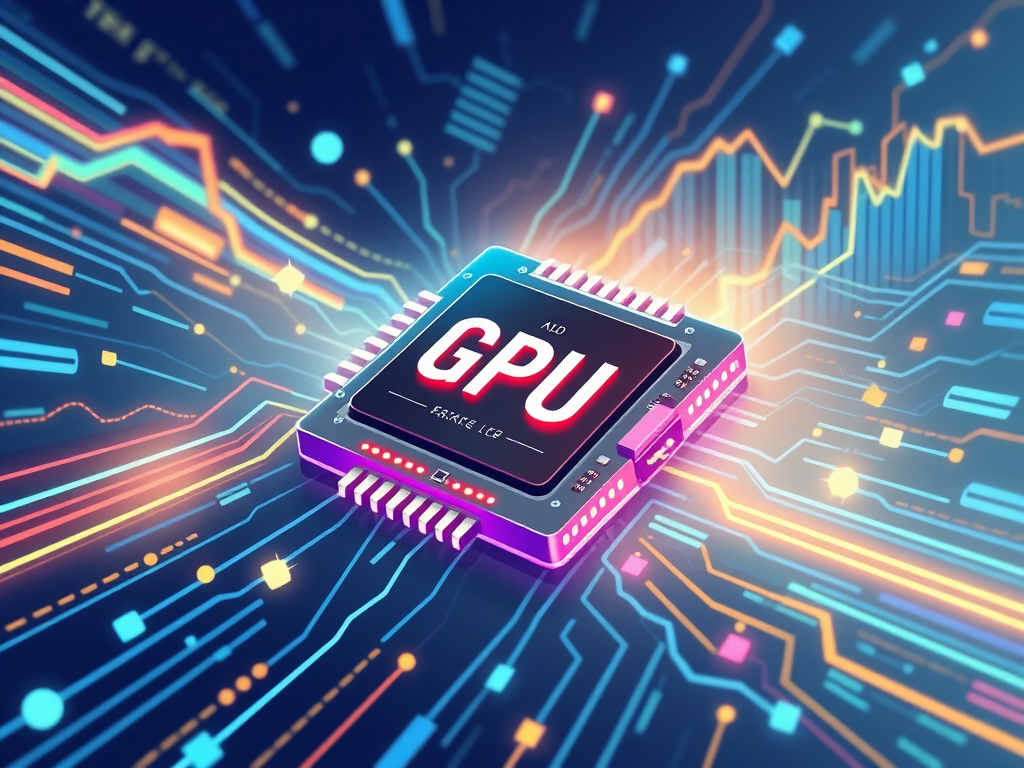
Use Cases in Machine Learning
1. Deep Learning
Deep learning, a subset of machine learning that uses neural networks with many layers, is one of the areas that benefit most from GPU acceleration. This technology is used in various applications, such as:
- Image Recognition: Identifying objects in images, which is crucial for applications like facial recognition and medical imaging.
- Natural Language Processing: Understanding and generating human language, used in chatbots and translation services.
- Speech Recognition: Converting spoken language into text, enabling voice-activated systems.
2. Reinforcement Learning
In reinforcement learning, agents learn to make decisions through trial and error. GPUs facilitate rapid simulations of environments, allowing agents to learn more quickly. This approach is used in:
- Game Playing: Training AI to play video games at a high level, as seen in AlphaGo.
- Robotics: Teaching robots to navigate and perform tasks in real-world scenarios.
3. Data Analytics
GPUs are also valuable in data analytics, where tasks like clustering, classification, and regression need to be performed on large datasets. They help in:
- Business Intelligence: Analyzing consumer behavior and market trends to make informed decisions.
- Scientific Research: Processing large sets of data in fields like genomics and climate science to uncover new insights.
Challenges and Considerations
Despite the many advantages of using GPUs, there are also challenges to consider:
1. Memory Limitations
GPUs typically have less memory than CPUs, which can restrict the size of the models and datasets that can be processed. This can be a problem when working with very large datasets or complex models that require more memory than the GPU can provide.
2. Complexity of Development
Developing applications that leverage GPU acceleration can be more complex. It often requires specialized knowledge in parallel programming and GPU architectures. Developers may need to learn new programming frameworks, such as CUDA or OpenCL, to fully utilize GPU capabilities.
3. High Initial Costs
While GPUs can lead to cost savings in the long run, the initial investment in high-end GPUs can still be significant. Organizations must weigh the benefits against the costs and plan their budgets accordingly.
Conclusion
GPU acceleration plays a crucial role in the advancement of machine learning, enabling faster computations and more complex models. As machine learning continues to evolve, the integration of GPUs into workflows will remain essential, driving innovation and improving efficiency across various applications. With ongoing technological advancements, we can expect GPUs to become even more integral to the future of artificial intelligence, shaping how we interact with technology and make decisions in our daily lives.
As the field of machine learning grows, understanding the importance of GPU acceleration will be vital for researchers, developers, and businesses looking to harness the full potential of data-driven insights.
